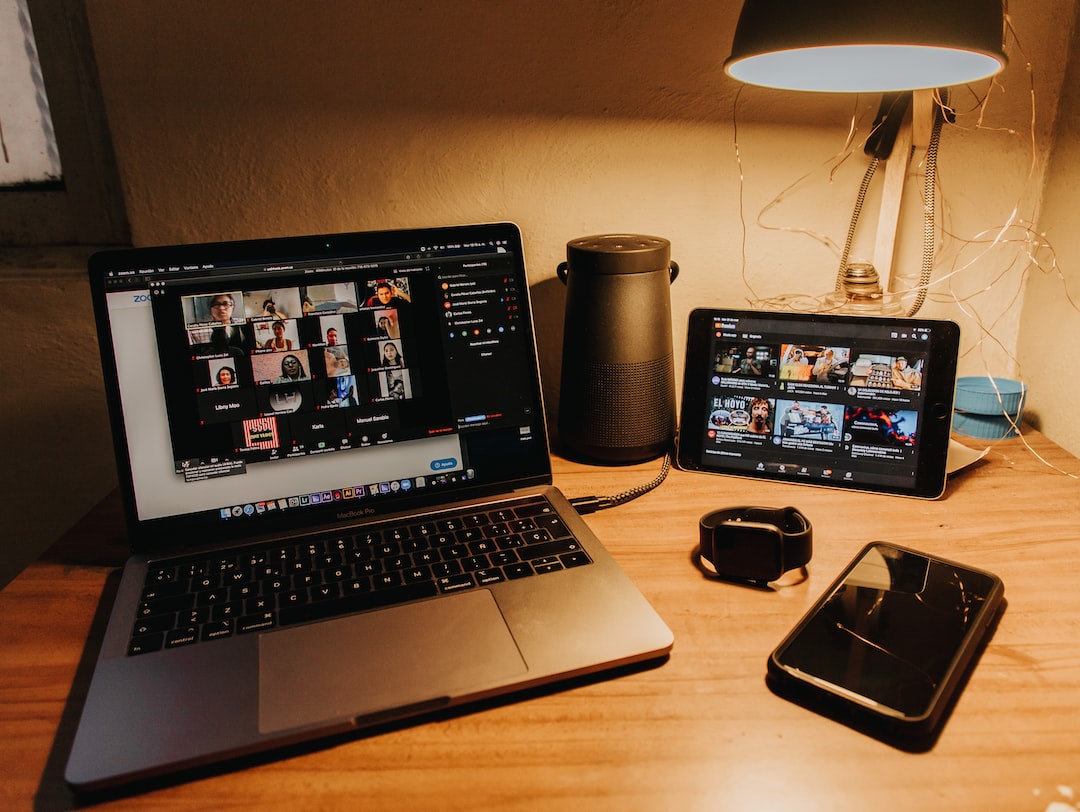Media and Technology: The Interplay between Innovation and Adaptation
In today’s digital age, the media landscape is constantly evolving and transforming thanks to advancements in technology. The relationship between media and technology is a symbiotic one, with each sector driving innovation and adaptation in the other. This interplay between the two has revolutionized how we access and consume media, leading to profound changes in both industries.
Over the years, technology has played a pivotal role in reshaping the media landscape. From the invention of the printing press to the rise of the internet and social media, technology has disrupted traditional media models and given birth to new platforms for communication and information dissemination. The advent of smartphones, for example, has made it easier than ever for people to consume news, watch videos, and engage with content on the go. This accessibility has not only transformed the way we consume media but has also influenced the content itself. Short-form, mobile-friendly content has become the norm, catering to the on-the-go lifestyle of the digital era.
In turn, the media industry has pushed technology forward through its demand for innovative solutions. The need for faster and more efficient ways to produce and distribute content has led to advancements in digital cameras, editing software, and streaming platforms. Media companies are constantly seeking ways to captivate audiences and stay ahead of the curve. This drive for innovation has not only shaped technology but has also paved the way for new business models and revenue streams. The rise of subscription-based streaming services, for example, has disrupted the traditional advertising model and empowered consumers to have more control over their media consumption.
However, this interplay between media and technology hasn’t come without challenges. The rapid pace of technological advancements has often left media companies scrambling to adapt. Legacy media organizations have struggled to keep up with the digital revolution, leading to decline in print circulation and viewership. Furthermore, the ease of sharing information and the rise of social media have brought about new challenges in terms of spreading misinformation and the need for media literacy. Trust in traditional media has waned as news becomes increasingly democratized, with anyone able to publish content online. As a result, media organizations have had to adapt their business models and strategies to navigate this changing landscape.
The COVID-19 pandemic has further highlighted the intricate relationship between media and technology. With lockdowns and social distancing measures in place, people turned to technology as a means of staying connected and informed. News outlets saw a surge in digital subscriptions and online viewership. Streaming services became a lifeline for those seeking entertainment during isolation. This increased reliance on technology has accelerated the development of new tools and platforms to deliver content remotely, such as virtual conferences and live streaming.
In conclusion, the interplay between media and technology is a dynamic and ever-evolving relationship. Technology continues to disrupt the media industry, driving innovation in content creation, distribution, and consumption. Likewise, the media industry demands innovative solutions from technology, pushing the boundaries of what is possible and shaping the future of both sectors. As this relationship continues to evolve, it is essential for media companies, technology developers, and consumers to remain adaptable and proactive in navigating the challenges and opportunities that arise. Together, they can shape the future of media and technology, driving positive change and enabling the continuous growth and evolution of both industries.

